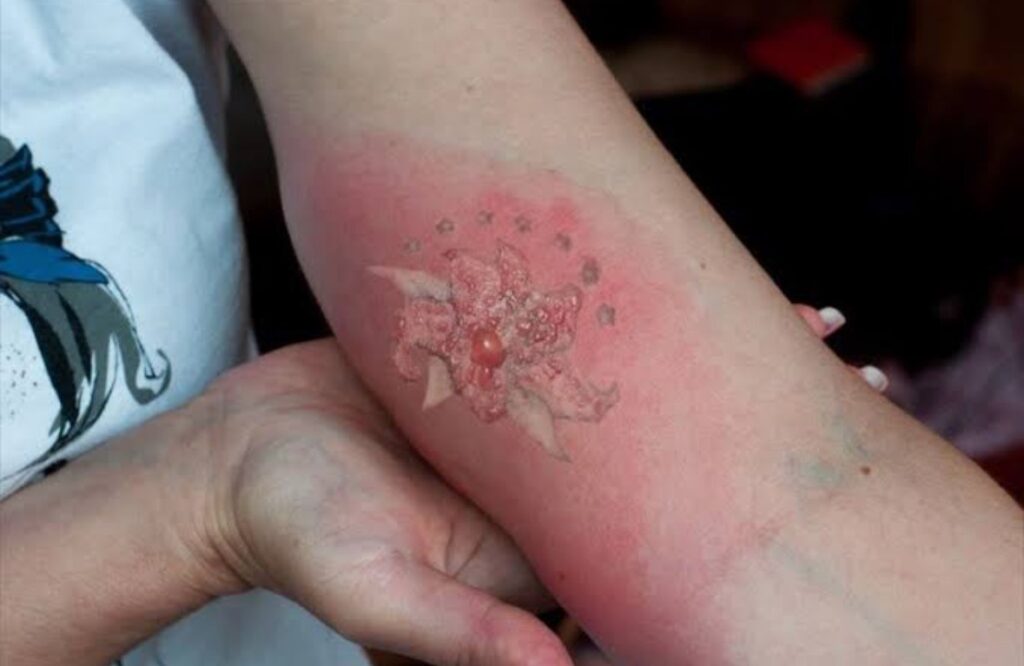The Hidden Truth About Numbing Creams: What They Don’t Tell You About Your Skin
Numbing creams are everywhere—from tattoo parlors to dermatology clinics, from waxing salons to cosmetic procedure rooms. They promise a simple solution to a painful problem: no more discomfort, no more flinching. Just apply, wait, and feel nothing.
But here’s the twist: the power to block pain doesn’t come without a price.
At their core, numbing creams—also known as topical anesthetics—contain powerful agents like lidocaine, benzocaine, or prilocaine. These ingredients work by blocking nerve signals in the skin, temporarily shutting down your body’s ability to feel pain in that area. Sounds like a miracle, right?
But let’s talk about what’s happening beneath the surface.
1. Short-Term Relief, Long-Term Sensitivity
Frequent use of numbing creams can lead to increased skin sensitivity over time. Ironically, what numbs today might make you more sensitive tomorrow. Why? Repeated suppression of nerve signals can interfere with the skin’s natural healing and warning systems, making it harder for you to feel small injuries, irritation, or even infections developing.
2. Chemical Burns and Allergic Reactions
Here’s where things get risky. When used improperly—especially in large amounts or on broken skin—numbing creams can cause chemical burns, redness, swelling, or even blistering. Some people may also experience severe allergic reactions, including hives, itching, and in rare cases, anaphylaxis. Over-the-counter doesn’t always mean risk-free.
3. Delayed Healing and Hidden Damage
Pain is a messenger. It tells us when something’s wrong. When you silence that voice, especially during procedures like microneedling, tattoos, or laser treatments, you might push your skin past its safe limit—without even realizing it. That can lead to prolonged redness, scarring, or uneven healing that only becomes obvious later.
4. Systemic Absorption Dangers
In extreme cases, especially when large areas of skin are treated or the cream is left on too long, the active ingredients can be absorbed into the bloodstream. This can lead to toxic effects—including dizziness, irregular heartbeat, seizures, and even respiratory failure.
So, what’s the takeaway?
Numbing creams can be safe and effective—but only when used sparingly, correctly, and under proper guidance. Always do a patch test. Never exceed the recommended dose. Avoid applying them on damaged or irritated skin. And most importantly, know what you’re putting on your body.
Because in the pursuit of pain-free beauty, your skin’s long-term health should never be the sacrifice.
